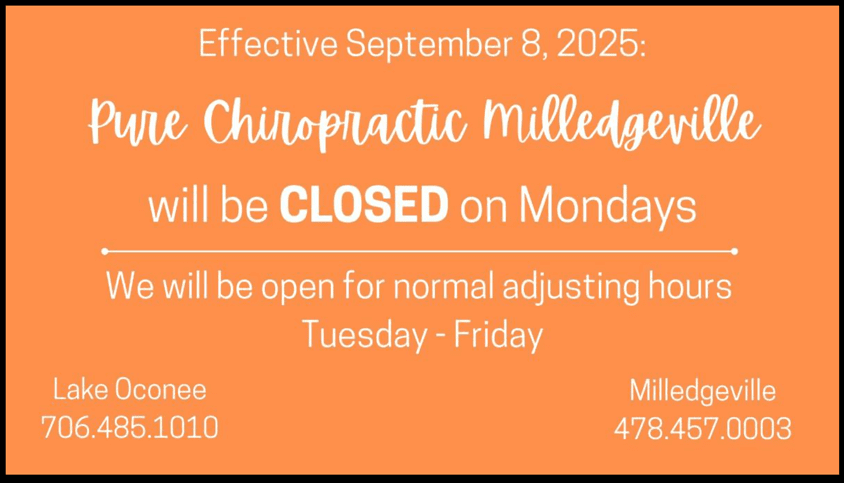
Steroids are organic compounds that are produced naturally in the human body. They’re also produced by other animals, plants and fungi. Within humans, steroids are used to produce several different hormones that are important to the body’s proper functioning.
Outside of natural human physiology, there are also drugs called anabolic steroids, whose purpose is to increase muscle mass and improve athletic performance. Athletes and trainers in high-level amateur and professional sports sometimes turn to steroids to get an unfair edge over the competition. Most official sports organizations disapprove strongly of this practice (regarding it as cheating) and many maintain education and testing programs to discourage it.
Finally, steroids can also be manufactured for use in medicine. Perhaps the most commonly used steroid injections are those used to treat pain—corticosteroids.
Natural corticosteroids are produced by the body’s adrenal glands and are responsible for governing the stress response (fight or flight). They also play an important role in maintaining a healthy immune response and for the metabolism of protein and carbohydrates. But the key condition it regulates is inflammation. This is the reason why steroid injections are so popular among those suffering from chronic pain.
Corticosteroids are not actually painkillers. Their action is merely to reduce inflammation, which, in turn, usually helps to reduce pain for some weeks. Two types of steroid injection are commonly used for pain relief: epidural and articular. In an epidural steroid injection, the steroid is injected into the base of the spinal column between the dura (the protective covering of the spinal cord) and the vertebrae.
An articular steroid injection, as the name implies, is when the drug is injected into the shoulder, knee, hip or ankle. It can also be injected into smaller joints such as those in the hand and foot. This should be done at a frequency of once every two to four weeks for a period of up to three months only. The effect can usually be felt within a few days, with relief lasting for a number of weeks. With physical therapy such as chiropractic care, many people can experience a significant reduction in pain or be pain-free after a course of steroid injections.
The best candidates for receiving steroid injections are those patients who have had severe, persistent pain in the neck, back, arm or leg that has not responded to more conservative treatments (such as physical therapy, massage and anti-inflammatory drugs) for some weeks. Epidural steroid injections have become more common in cases involving sciatica, herniated disc, spondylolysis, spinal stenosis and degenerative disc disease. These injections can also be useful in treating cases of bursitis and tendonitis.
In cases of lower back pain, however, studies have found that steroids are often no better than a placebo. Chiropractic spinal manipulation is a safer and likely more effective form of treatment. If you do decide to give steroid injections a try in an attempt to manage your pain, you should at least consider combining it with chiropractic care. If the steroids are able to reduce your pain in the short term, regular chiropractic adjustments can help to reduce the likelihood the pain will return again in the future.
For Your Health,
Dr. Ted Smith and

